Lisbon’s best neighbourhoods – and what to do there
Lisbon’s charm lies in its diverse neighbourhoods, historic sites, and vibrant culture. Whether you’re interested in history, art, food, or music, Lisbon’s many districts will have something to offer for every traveller.
Baixa
Meaning “Downtown” the Baxia district is the beating heart of Lisbon. In a sense it is a “modern” part of Lisbon, with most of the buildings and road layout designed in the wake of the utterly devastating 1755 earthquake. This vibrant neighbourhood offers bustling streets full of shops, restaurants and nightlife as well as many buildings and monuments showcasing the history of Portugal’s capital. Among the top attractions are:
Elevador de Santa Justa
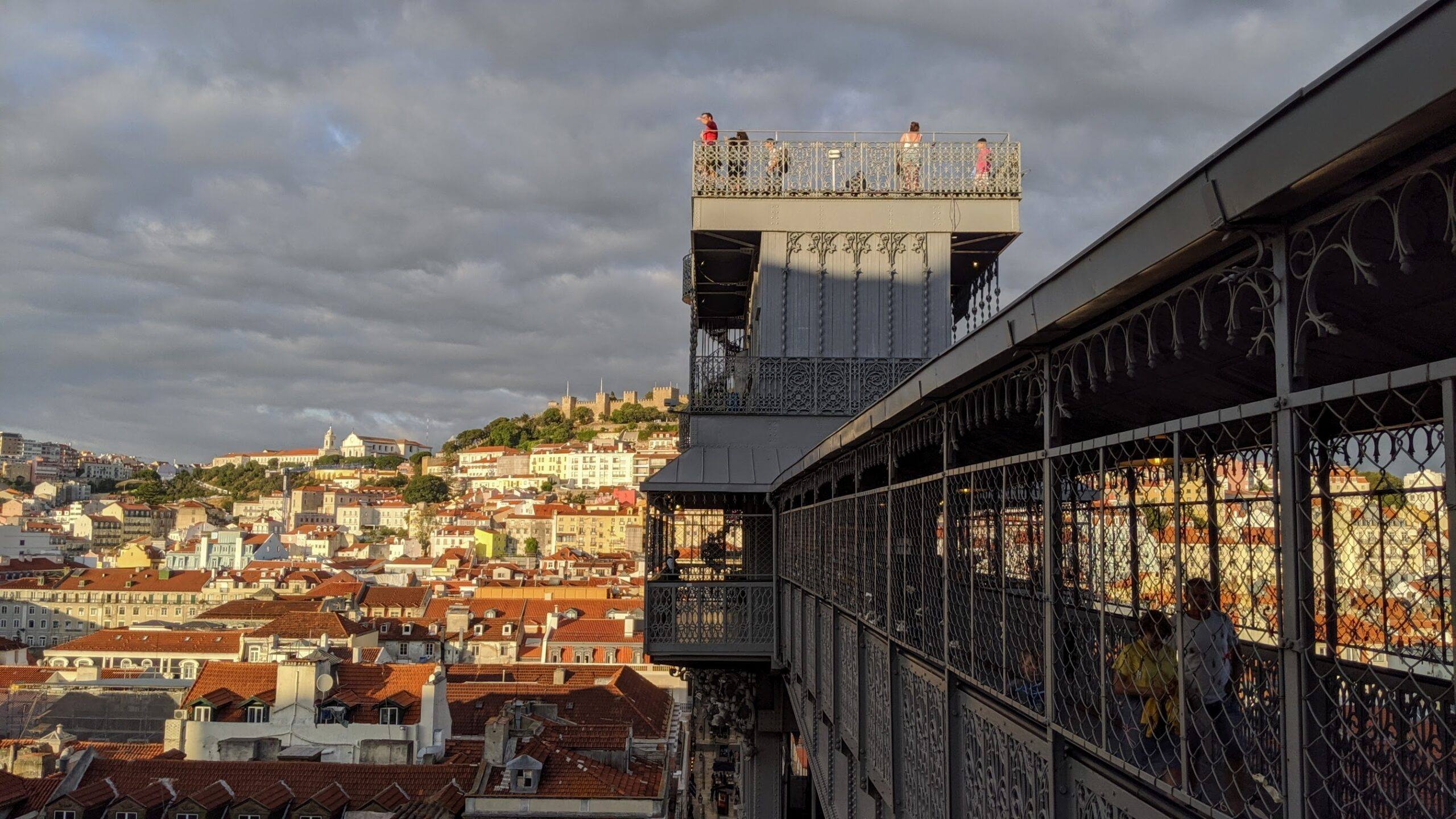
This neo-Gothic tower design by Raoul Mesnier du Ponsard certainly stands out and offers stunning views of the entire city from its observation platform at the top. However, it actually was designed to serve a practical purpose, opening in 1899 as a way of connecting the lower streets of the Baixa with the higher Largo do Carmo.
Rua Augusta
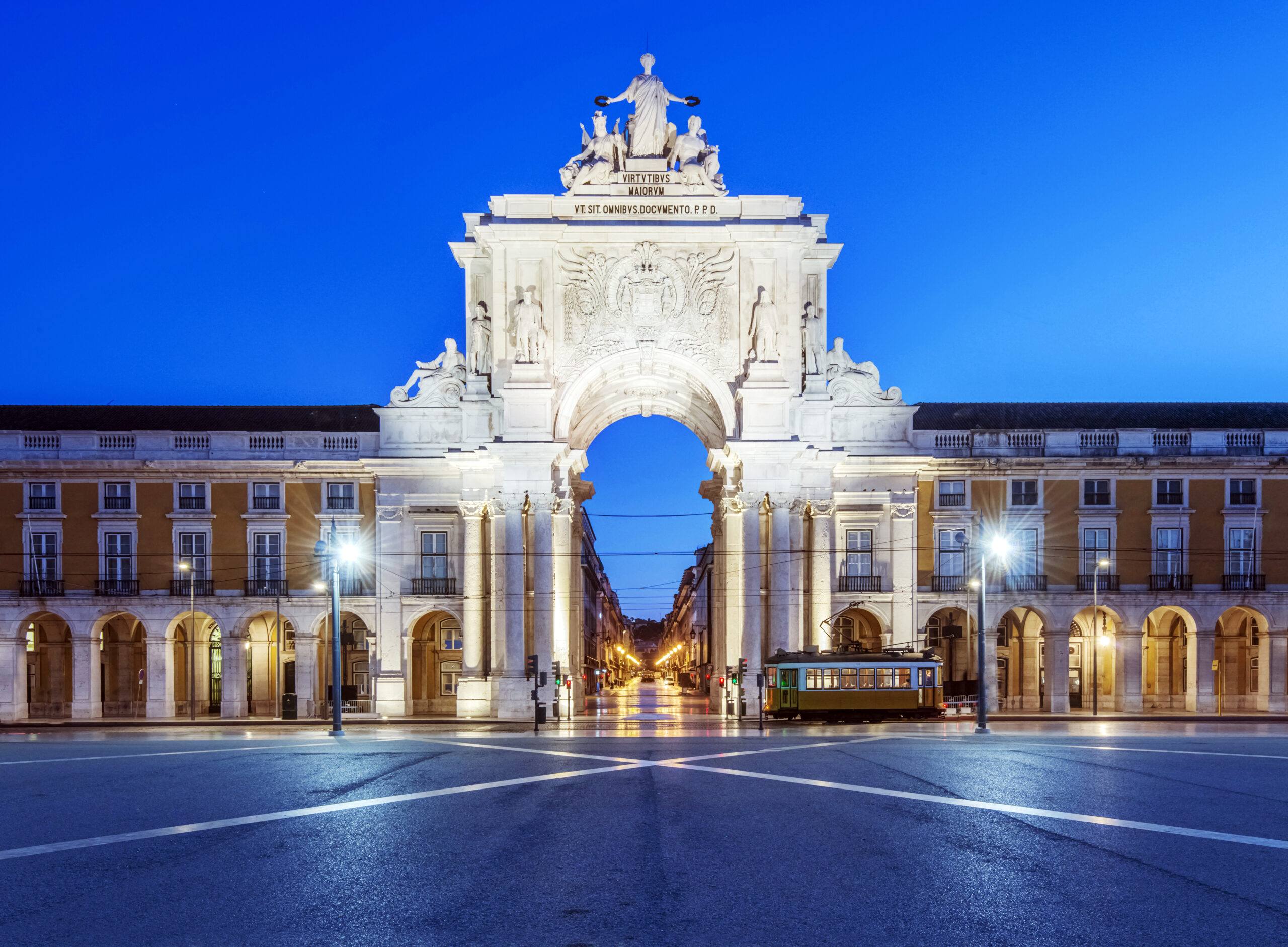
This is the busy main street of Baxia, hosting many dining establishments, open-air cafes and tourist facing shops. At the end of the street is the magnificent Rua Augusta Arch. Just the archway alone is 100ft tall, before even adding the 23ft statues on top. This testament to engineering took around 120 years to build, finally being completed in 1873.
Try a glass of Ginjinha
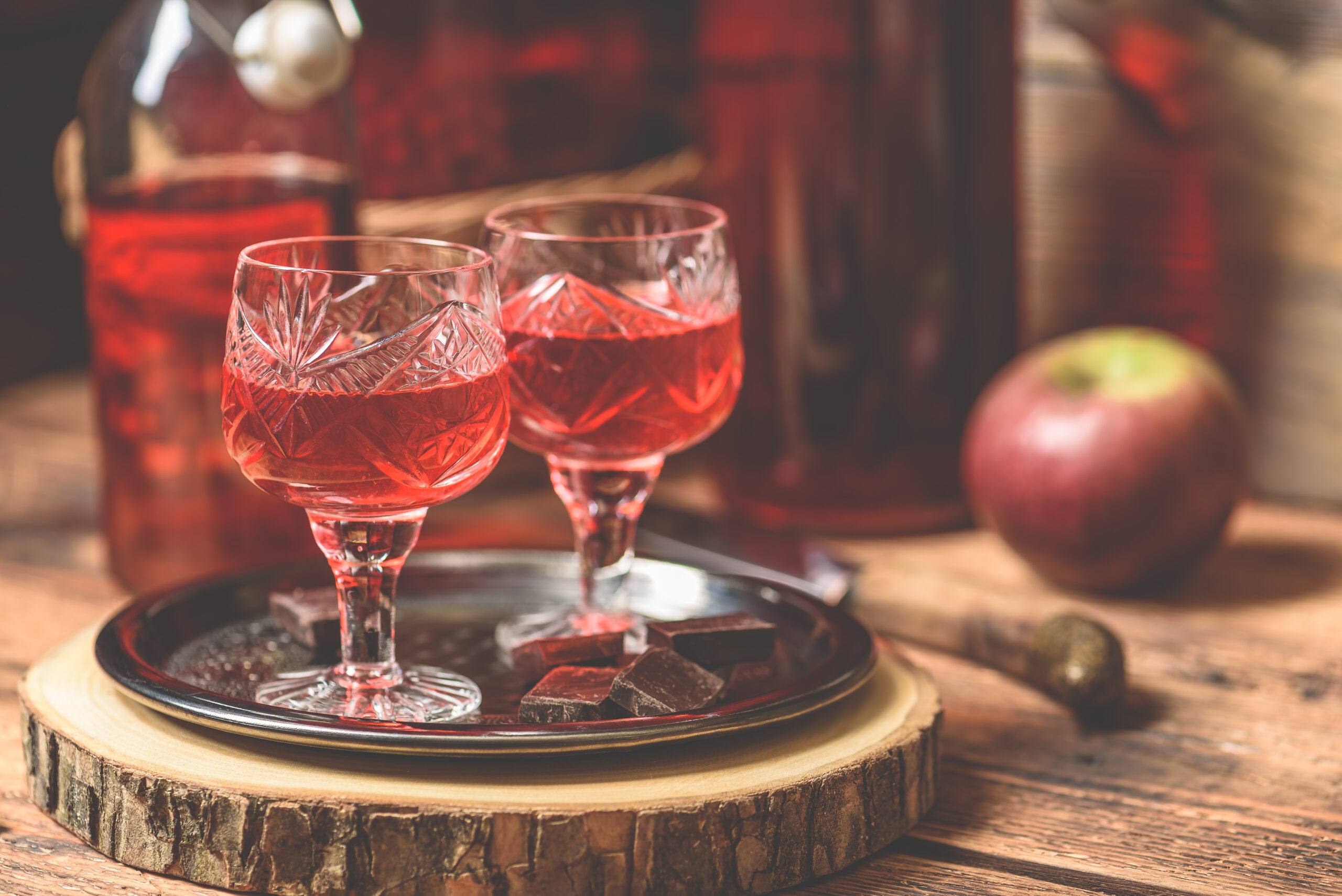
What’s the national drink of Portugal? Ok yes, its probably Port, but there is another, less exported drink available too – Ginjinha. This sweet cherry liquor used to be given as a cure for childhood illnesses, ensuring you will now find an entire generation of geriatric addicts. However, its still popular enough to have a fair few bars and distilleries dedicated to it. Try the imaginatively named “A Ginjinha” bar and the neighbouring “Ginjinha Sem Rival” bars for the good stuff.
Belém
Belém is the southwestern most district of Lisbon. This neighbourhood is located at the mouth of the River Tagus and served as the main anchorage for Portugal’s huge merchant fleets back when it used to be one of the world’s main colonial powers. One of the qualities that make this place stand out is the depth of history – with several buildings preceding the aforementioned 1755 earthquake which levelled much of the city. Among the top things to see in this neighbourhood are:
The Torre de Belém
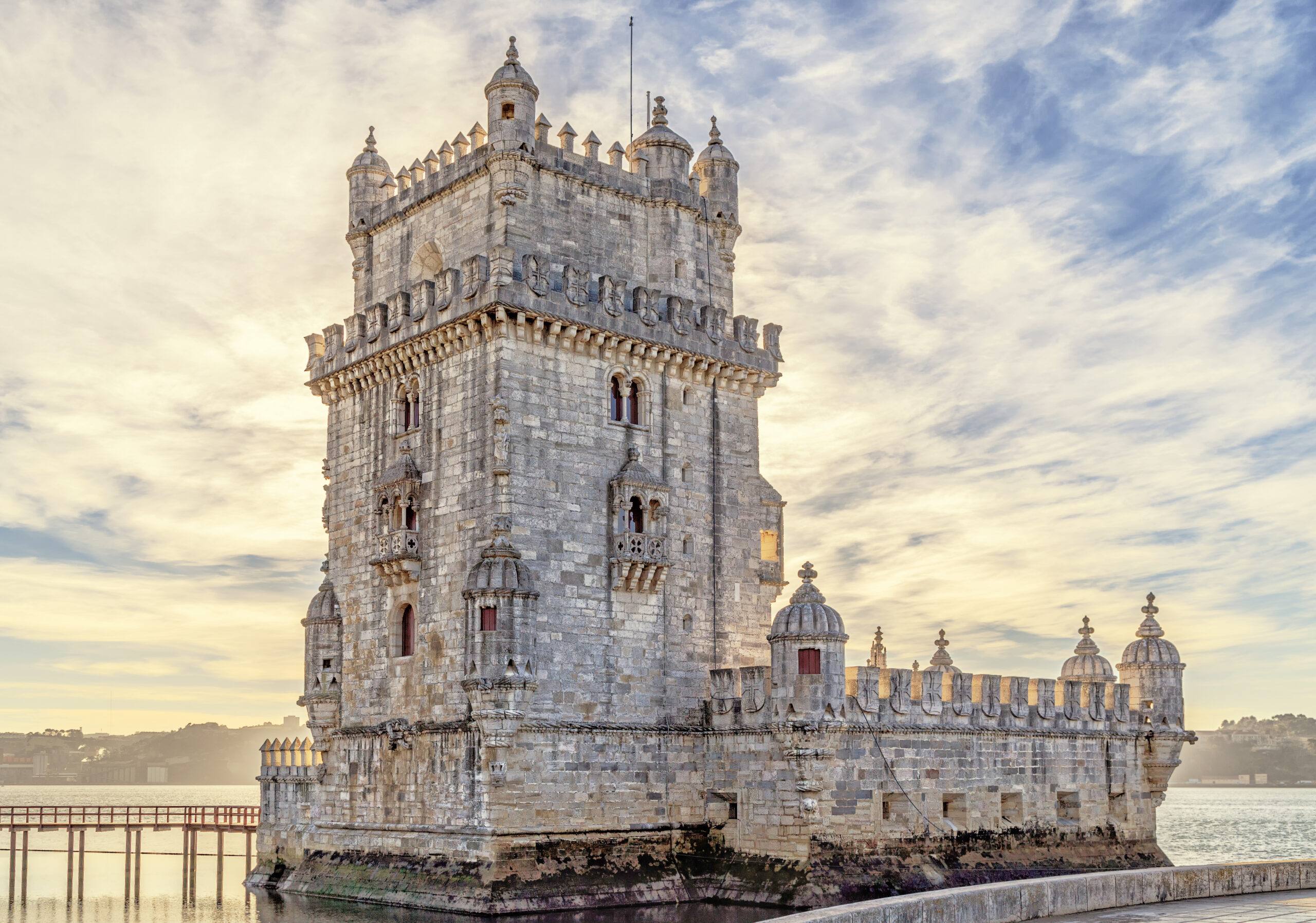
Built between 1514 and 1520 in the Manuelino style, this UNESCO World Heritage site is literally a sight to behold. Constructed on the northern bank of the Tagus River, this tower was used to defend the city. Years later, it was transformed into a lighthouse and customs house.
The interior is pretty awe inspiring too, with many architectural and artistic delights to see as you climb up the five floors to the roof. For the more macabre of mind, you can also head down and see the pits and holes where unfortunately prisoners were left to rot.
Mosteiro dos Jerónimos
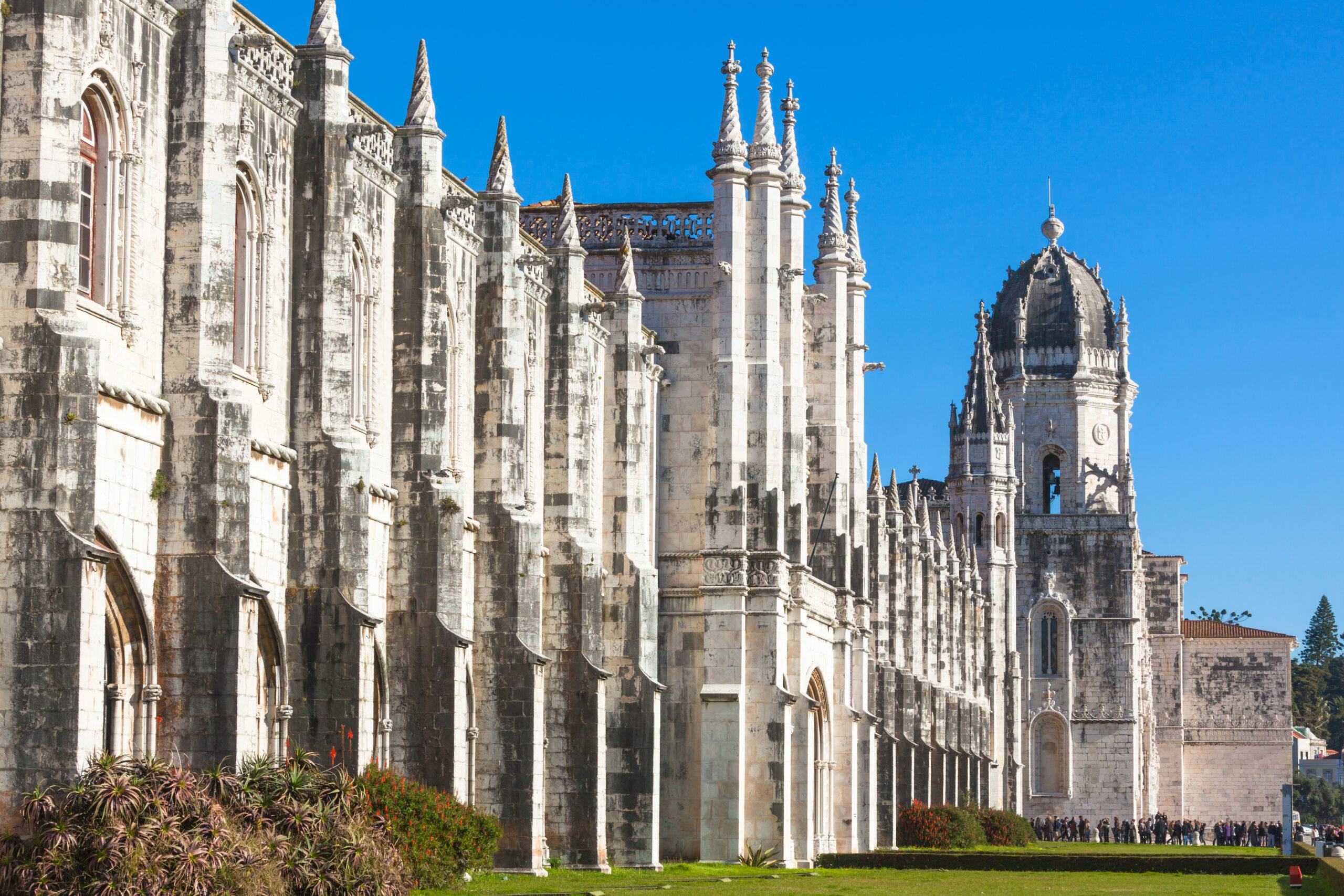
Along with the Belem tower, this is one of the most visited attractions in Lisbon and was itself given UNESCO World Heritage status in the same year (1983). Although work on this monastery began in 1501 to commemorate the return of Vasco da Gama from India, it still took over 100 years to complete. Vasco da Gama himself is buried in the complex’s Church of Santa Maria and visitors should definitely take a look around the Jerónimos Monastery’s two-story cloister, which also offers views of the magnificent church from above.
Alfama
The Alfama district is the oldest part of Lisbon, meaning pre-1755 cobbled streets and narrow alleyways are the order of the day. Being the oldest part of the city, you will also find some of its most iconic sites as well as a mix of traditional and trendy establishments among its labyrinthine layout. The main things to see are:
São Jorge Castle
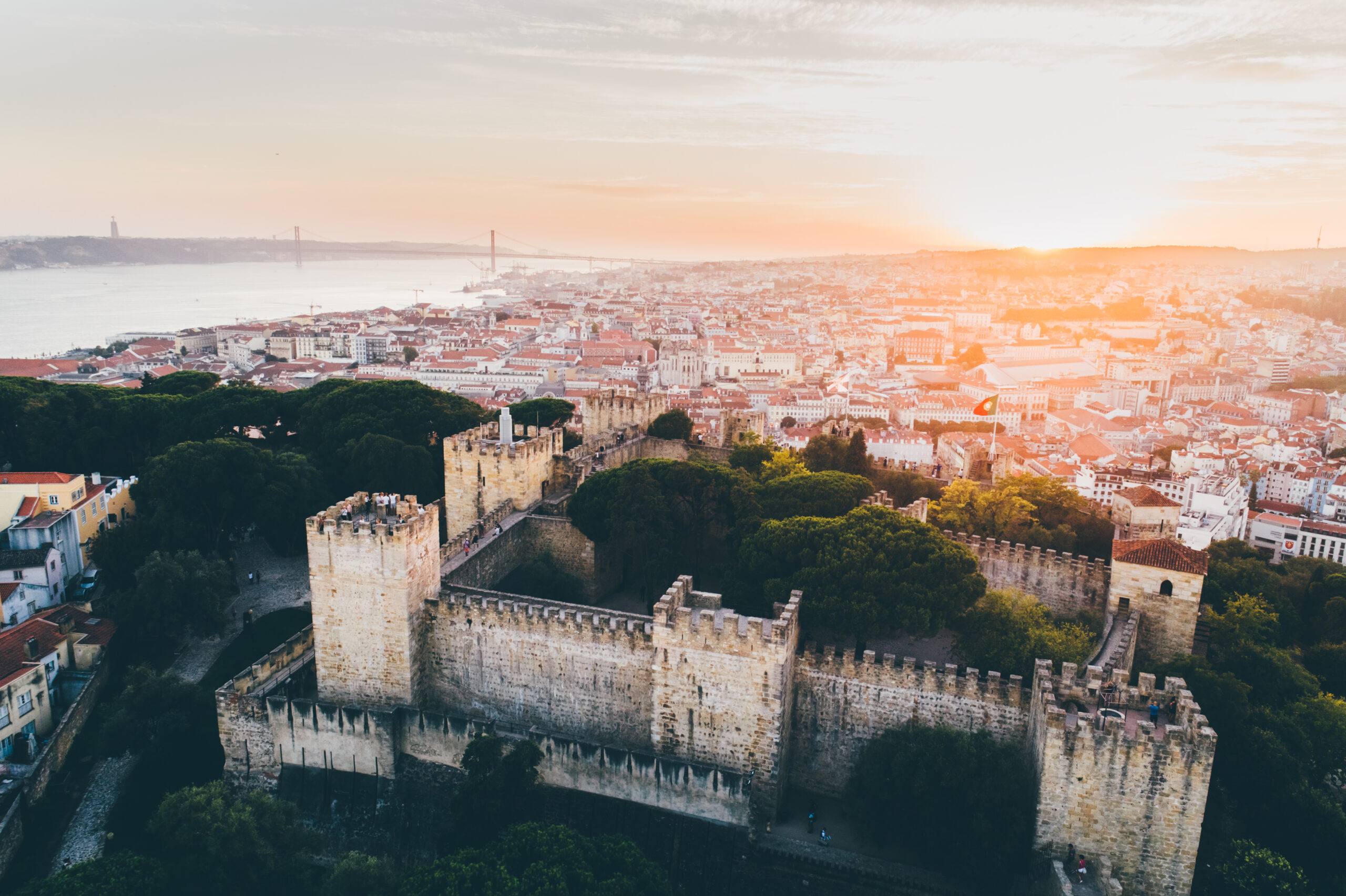
This ancient castle was built atop on the highest points in the city and has a history dating all the way back to 200BC when the Romans took control of the province from its long term rival Carthage. Ever since then, there has been some sort of fort on the site, with incremental changes over the centuries resulting in the magnificent castle there is today.
Fun fact, the castle was named after Saint George, England’s patron saint, in 1387 when King Alfonso Henriques bequeathed the castle to his English wife, Philippa of Lancaster, as a wedding gift.
Fado music
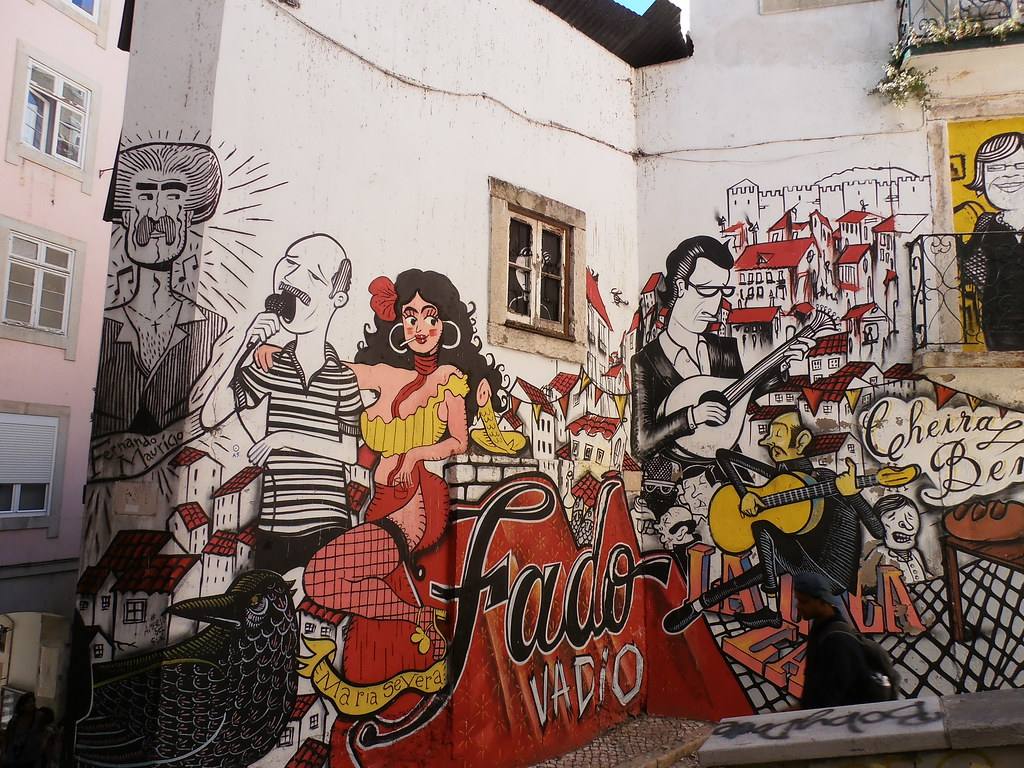
If you want to try something a little different, the Alfama district plays host to a number of small music halls where visitors can grab a drink and listen to some Fado music.
If you can translate Portuguese, you will find most of the lyrics is the medieval equivalent of The Smiths, with the main themes being sadness, poverty and loneliness. There is even a Fado museum in Alfama, just to liven up your holiday a bit more!
Bairro Alto and Cais do Sodré
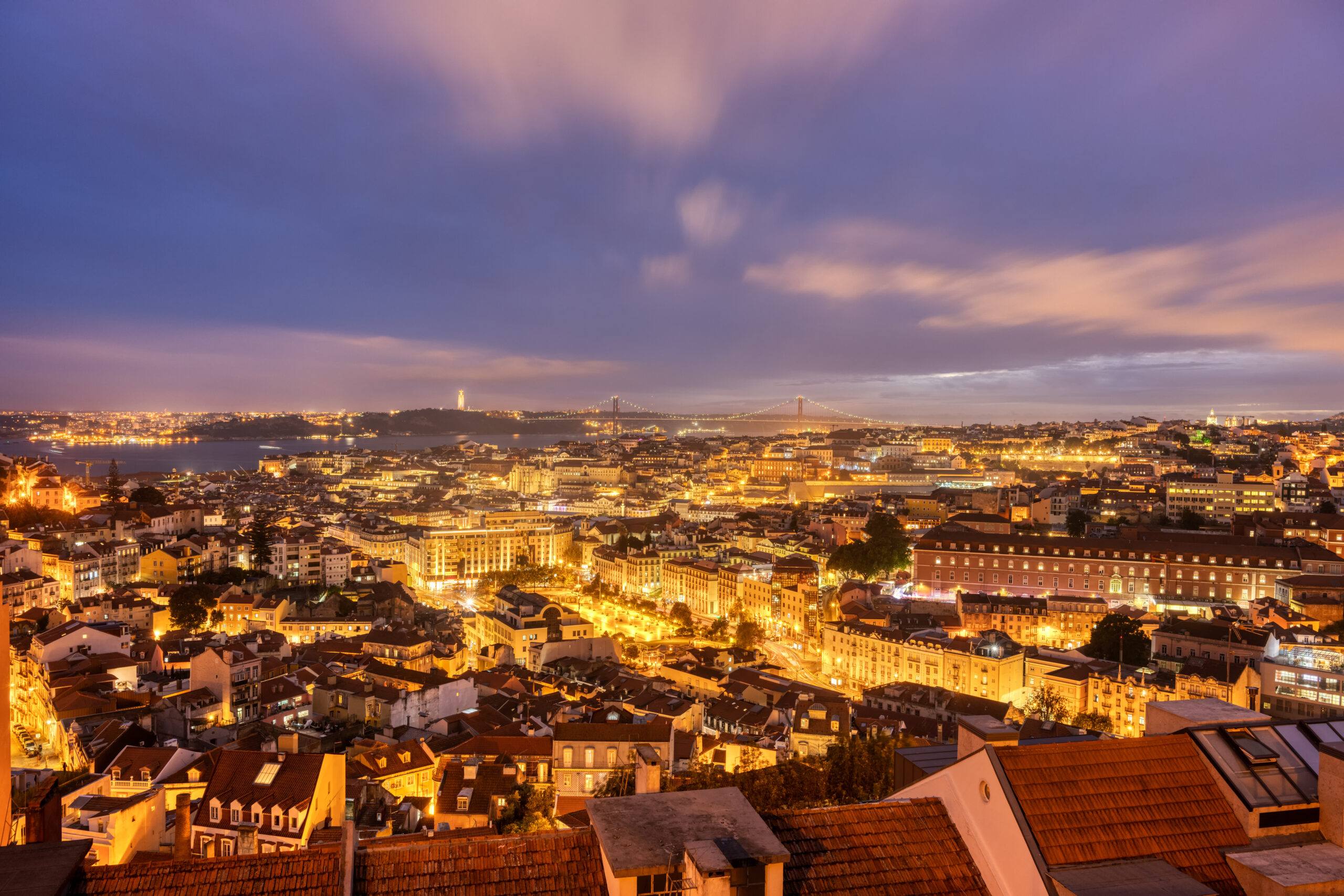
This is the neighbourhood for anyone wanting to party – and get over their Fado induced depression. Literally translating to “upper neighbourhood” – and situated on top of a hill – this is a relatively old part of the city, primarily dating back to the 16th century. It was the neighbourhood of merchants and aristocrats, but by the late 1800s it was home to several newspaper offices and where there are journalists, there are bars, lots of them.
It seems that wars, dictatorships or any other type of hardship failed to dampen the spirits of this bohemian neighbourhood, as by the 1980s it had become renowned for street parties that take place every Friday and Saturday, and continue to this day.
Just down the road is the Cais do Sodré neighbourhood, which has the less salubrious honour of once being known as the city’s red light district. Its now a bit more upmarket, though the bars retain some attachment to the past, with many named after north European capital cities, which was an old brothel technique to attract sailors from those countries when they had a bit of shore leave. Anyone dancing a bit of a party should head to “Pink Street” (named after the colour of its pavement). This small avenue is lined with hip bars and clubs, which host a street party seven nights a week.